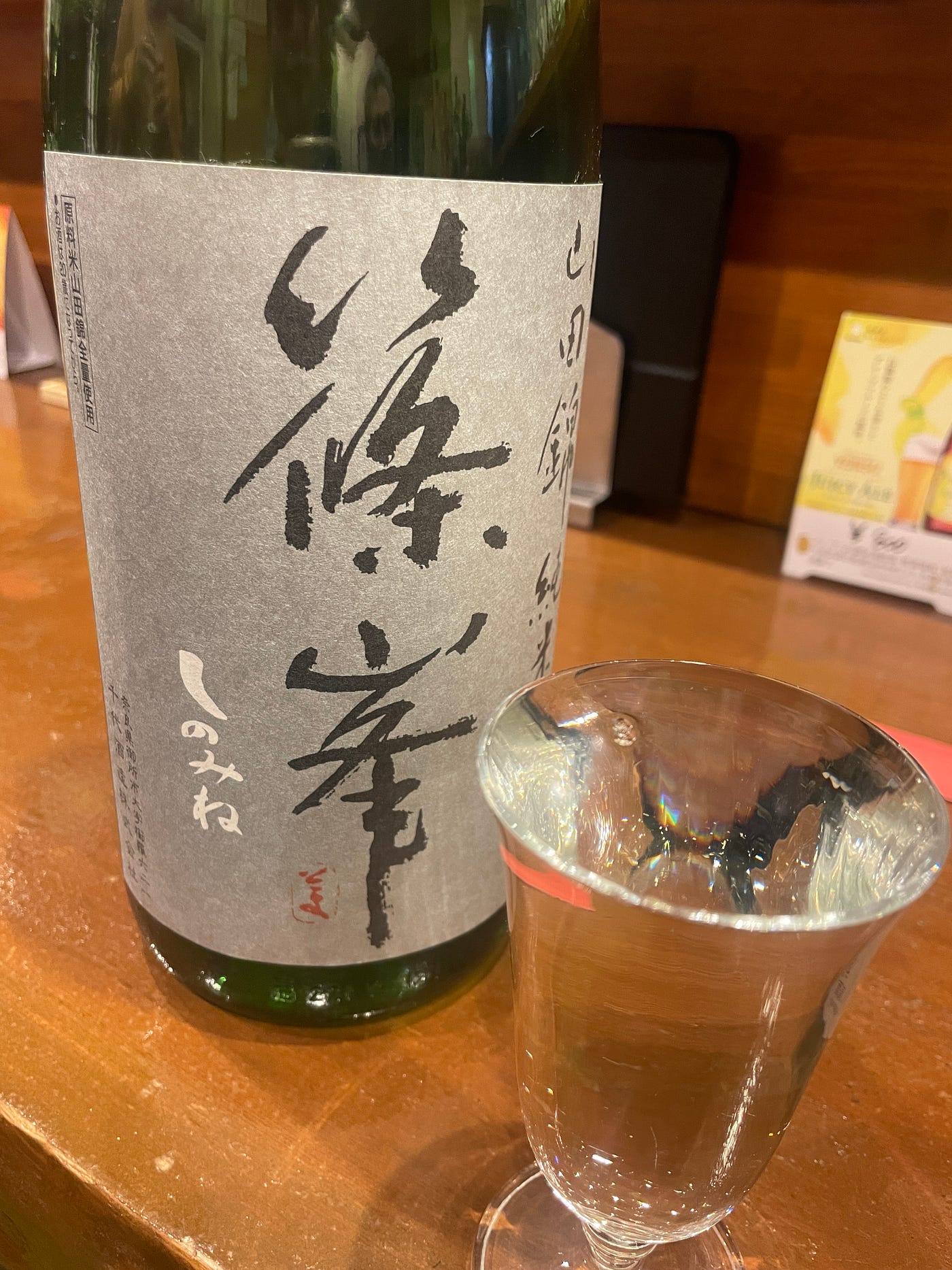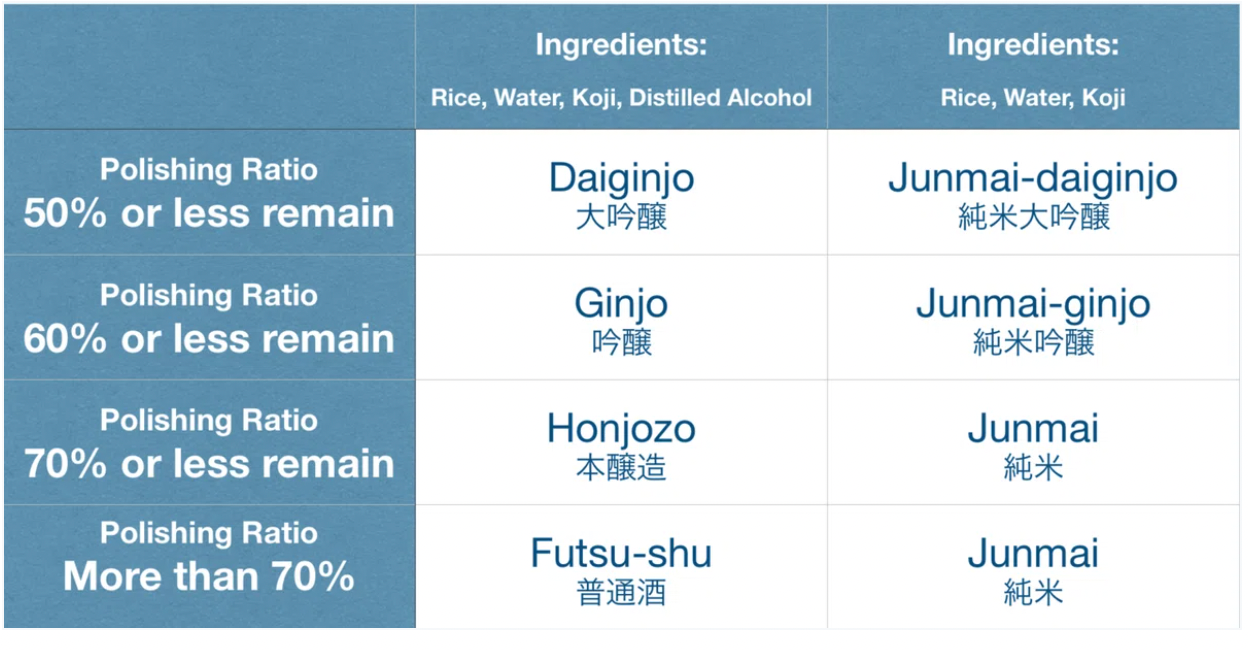
When it comes to Japanese sake, it’s not just about sipping — it’s about tasting tradition, craftsmanship, and the spirit of place.
🍶 Polishing, Pricing, and Preference
Sake is made primarily from rice, and the more the rice is polished, the more refined the taste. But here’s the catch: more polishing means more rice is used, which also makes it more expensive.
That’s why Daiginjo, with its highly polished grains, is considered premium. But that doesn’t mean it’s always the best-tasting for everyone. Some sake lovers prefer a bit of “roughness” or body that gets lost in over-refined brews. In the end, it’s all about your personal taste — clean and elegant or full-bodied and bold.
🍶 Sake Categories by Polishing Ratio:
- Junmai Type (no added alcohol)
Junmai → Junmai Ginjo → Junmai Daiginjo - Honjozo Type (small amount of distilled alcohol added)
Honjozo → Ginjo → Daiginjo

💴 Price Tendency:
Low polishing = cheaper → High polishing = more expensive
💧 It’s 80% Water — and That Matters
Did you know that around 80% of sake is water? The quality and mineral content of water directly impacts the flavor. Japan’s naturally soft water creates a smooth, mellow profile — much softer than the water in many other countries.
Two classic sake regions highlight this difference:
- Fushimi (Kyoto) sake is known for its soft, graceful mouthfeel — often called “onnazake” or feminine sake.
- Nada (Hyogo) produces sake with a sharper, more robust character — known as “otokozake” or masculine sake.
✨ A World Beyond the Classic Cup
From unfiltered Nigori sake to bubbly sparkling sake, there’s a whole universe to explore. And the best place to do that? Your local izakaya (Japanese pub).
Many izakaya offer sake tasting flights, where you can compare colors, aromas, and subtle flavor profiles. This kind of “Kikizake” (sake tasting) is a fun way to deepen your appreciation while enjoying the casual charm of Japanese pub culture.
Japanese sake isn’t just a drink — it’s a mirror of culture, craftsmanship, and region. Learn how rice polishing and water quality shape its flavor, and why exploring local sake at an izakaya might be the highlight of your Japan trip.
Comments
Post a Comment